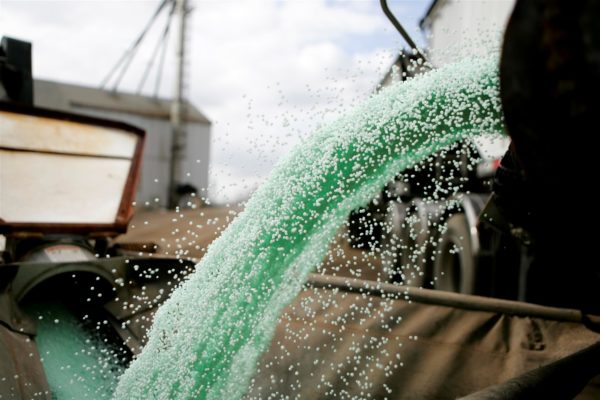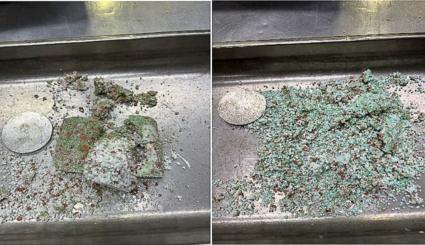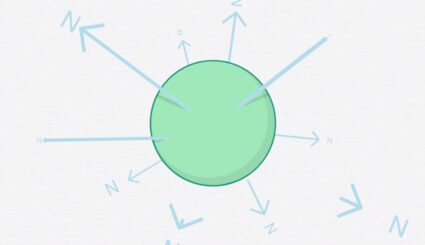Enhanced Efficiency Fertilizers: What are they and how do they work?

Enhanced efficiency fertilizers (EEFs) are forms of fertilizer, including nitrogen fertilizers, designed to reduce nutrient losses to the environment and increase nutrient availability to crops. These fertilizers can either slow the release of nutrients for uptake or alter the conversion of nutrients to other forms that may be less susceptible to losses.
There are many nitrogen EEF choices on the market with different modes of action and benefits, as well as a considerable amount of misinformation. It is essential to understand each product, its mode of action, the N-loss mechanisms it controls, the time for which it is effective, and what its benefits are.
Categories of EEFs include the following:
Inhibitors and stabilizers: Chemical additives that inhibit or slow biological N transformations in the soil. Urease inhibitors offer short-term protection against volatilization only while nitrification inhibitors protect against leaching and denitrification for a period of time.
Slow-release and controlled-release products: Complex nitrogen compounds that release N by a variety of mechanisms to make N available over a period of time. Release time is determined by the specific mechanism of release – biochemical decomposition, coatings, or other means. Nitrogen release rate is determined by conditions of the environment in which they are used, such as temperature, moisture, biological activity, and other factors. ESN is a controlled-release product with a specified release time controlled by soil temperature.
ESN’s controlled-release benefits:
-As a controlled-release product, ESN releases its N in response to conditions that trigger plant growth.
-ESN provides application flexibility. It can be applied over a range of times during the year. And works well in a variety of weather conditions.
-Fall application (ESN won’t release into cold or frozen ground)
-Wet conditions (ESN’s polymer coating stops leaching while inhibitors may be affected by excess moisture)
-Dry conditions (ESN will conserve its N until enough moisture is available)
-ESN’s polymer coated granule is designed to protect the N and allow it to release over 50-80 days; most inhibitors are effective for significantly shorter times.
As the only controlled-release product currently used in broad-acre agriculture, ESN is different from other EEFs because it works by a different mode of action, providing benefits for a longer time than is common for inhibitors and stabilizers. To see the controlled release difference, click here.
To view the Enhanced Efficiency Nitrogen Fertilizer Reference Guide for agriculture, click here.
If you have any questions about EEFs, tweet us @SmartNitrogen.


